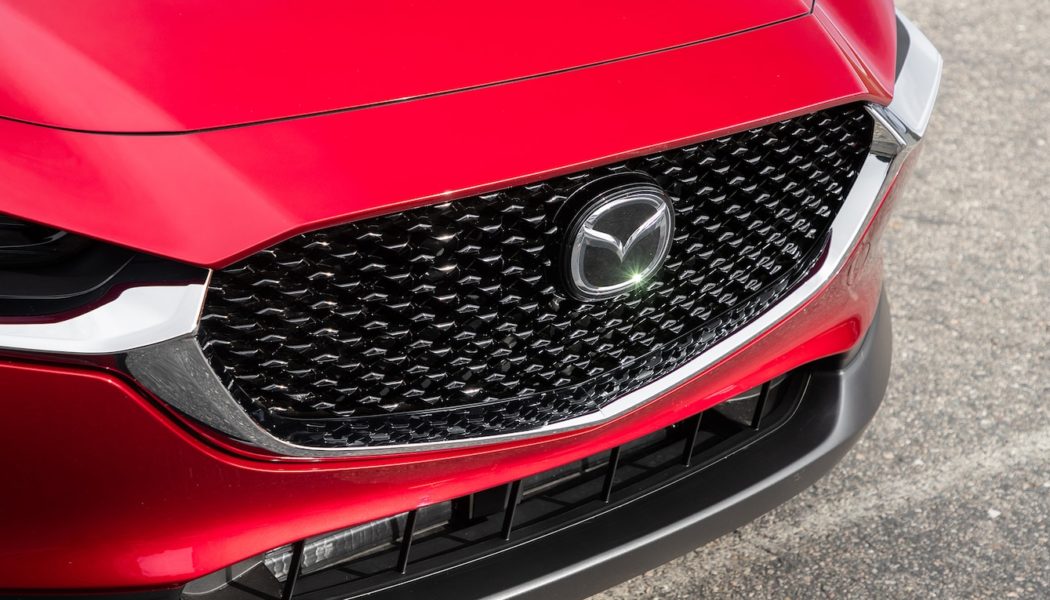In a brief statement, Mazda has announced it will “discontinue the CX-3 and Mazda 6 for the 2022 model year.” That means after the current run of 2021-model-year 6 sedans and CX-3 small SUVs are sold, they won’t be replaced by 2022 models, at least here in the United States. Mazda noted its decision is related to customer tastes—”as consumer interests continue to evolve … “—which is shorthand for sedans continuing to lose out to SUVs and, in the case of the CX-3, a tiny SUV that wasn’t holding its own against the new, better-looking, more powerful, and slightly larger CX-30 crossover.
So Long, Mazda 6
The current Mazda 6 has been on sale since 2013, though it has been steadily upgraded over its eight-year run. A major mid-cycle update for 2018 increased the midsize sedan’s luxury quotient and added a more powerful turbocharged 2.5-liter engine option. Much like today’s Mazda SUVs—especially the CX-5 and CX-9—the Mazda 6 in its top-level Signature trim is both affordable and reasonably imitates a true luxury product.
It is precisely those SUVs that did in the 6—the CX-5 is Mazda’s bestseller and is priced similarly to the 6 while offering the higher seating position and vehicle shape today’s customers crave. Last year, Mazda sold nine CX-5s for every Mazda 6, and Mazda sold fewer 6s in 2020 than Honda sells Accords each month.
While the 6 is down, it might not be out. Mazda is working on a new rear-wheel-drive platform and an inline-six engine, a BMW-like component set that will underpin the next-generation CX-5 and CX-9 crossovers. It also could sit beneath an all-new Mazda 6, which would drastically push the sedan upmarket and almost fully into the compact luxury sedan class where the BMW 3 Series and Audi A4 hunt. Assuming this is the plan, Mazda discontinuing the 6 for 2022 might mean that the new 6 isn’t due until the 2023 model year at the earliest.
CX-What?
Mazda’s cancellation of its cheapest vehicle, the CX-3, is less of a tearjerker. While we enjoyed the small SUV’s affordable price tag and sporty demeanor, it was rather cramped inside and slow besides. And when Mazda put the bigger, roomier, and more powerful Mazda 3-based CX-30 on sale just above the CX-3 in the lineup, those deficiencies only grew more apparent. (Curious what the differences are between the CX-3 and similarly named CX-30? We have you covered.) Sales have been declining, with half as many CX-3s finding new homes in 2020 vs. 2019. Last year, the new CX-30 blew the CX-3 out of the water, selling at a rate of 4 to 1 despite costing slightly more.
The CX-3 simply looks out of step with Mazda’s other more premium offerings, and clearly the CX-30 has held its own at the low end of the SUV space while delivering that fancier feel. Unlike the 6, there is no saucy rear-wheel-drive, BMW-aping replacement in the wings for the CX-3—its replacement is already here. And, hey, now Mazda is free to rename the CX-30 as the CX-3 to get its SUV nomenclature back in line.










